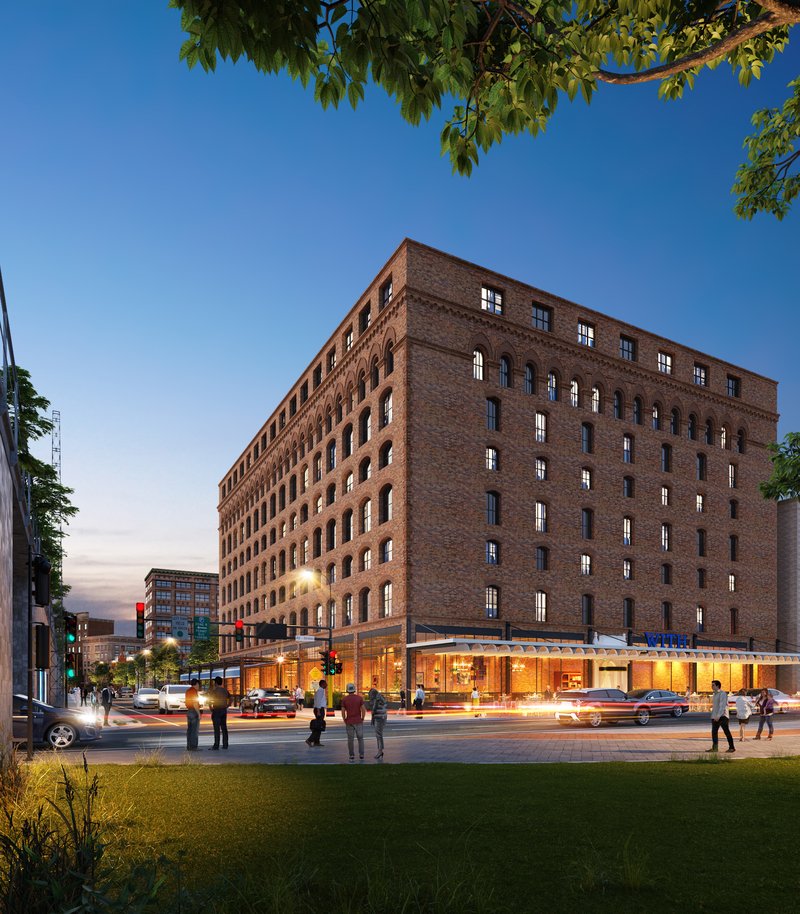Preserving History in 3D: Using Rendering to Harmonize Historical and Modern Architectural Elements
Preserving history and cultural heritage is a vital aspect of architecture. It is the architect's role not only to create new structures but also to ensure that the architectural narrative of an area is preserved. With the rapid evolution of technology in the architectural sector, a transformative tool is helping architects in this endeavour: 3D rendering. In the realm where the old meets the new, 3D rendering plays a pivotal role in seamlessly merging historical and modern architectural elements. This article explores how 3D rendering aids architects in harmonizing the past and the present for a comprehensive architectural experience.
Historical Architecture and Modern Needs
Balancing the preservation of historical architecture with modern needs can be complex. Architects have to consider multiple factors such as the preservation of the original design, integration of contemporary elements, regulatory compliances, and ensuring the space caters to modern usage requirements. Historical buildings often carry significant cultural, architectural, and societal value; thus, any modifications need to be done delicately and with utmost respect to the original structure.
The Power of 3D Rendering in Architecture
3D rendering is a technology that transforms computer models into photorealistic images, allowing us to visualize the outcome of an architectural design. It provides architects with a powerful tool for conceptualization, design exploration, and communication of their ideas. This technology has revolutionized the architectural sector, particularly in projects involving historical buildings and modern elements.
Visualizing Harmonization of Historical and Modern Architectural Elements

One of the significant challenges architects face when working on a project that involves historical and modern architectural elements is visualizing how these components will work together. 3D rendering effectively addresses this challenge by offering the opportunity to create detailed and realistic visuals of the design.
Architects can manipulate different materials, textures, and colours to see how they will blend with the existing structure. They can experiment with various design elements and observe how they influence the overall aesthetics, without disturbing the physical structure. It allows architects to change the design, ensuring a perfect blend of historical and modern architectural elements.
Improving Stakeholder Communication and Collaboration
A vital aspect of architectural projects, particularly those involving historical structures, is effective communication and collaboration with various stakeholders, including clients, regulatory authorities, conservation specialists, and the public. Communicating design ideas, especially when it involves the fusion of old and new elements, can be challenging. 3D rendering serves as a powerful tool in bridging this communication gap.
The photorealistic visuals generated through 3D rendering provide stakeholders with a clear understanding of the proposed design, how it aligns with the existing structure, and its impact on the surrounding environment. This leads to a more collaborative approach, encourages feedback, and helps ensure all parties are aligned with the final design.
Informed Decision Making
Besides design visualization, 3D rendering also contributes to more informed decision-making. It allows architects to simulate different conditions, evaluate various design alternatives, and assess their impacts. For instance, daylight and shadow analyzes can ensure the additional elements won't negatively affect the historical building's features.
Case Studies: Successful Merges of Historical and Modern Architectural Elements
3D rendering has been instrumental in several successful architectural projects involving historical and modern elements. For example, the project involving the Louvre Museum and its iconic glass pyramid. 3D rendering was extensively used to visualize the modern addition to the historical museum, ensuring it complements rather than overshadows the existing structure.
Similarly, in the project involving the renovation of the Reichstag building in Berlin, 3D rendering helped visualize the addition of the modern glass dome to the historical parliament building. The resulting design was a harmonious blend of past and future, old and new, thanks to the visualizations enabled by 3D rendering.
Conclusion
3D rendering technology is transforming the architectural sector and the way architects approach the challenge of merging historical and modern architectural elements. It enables architects to ensure history is not erased but preserved and enhanced, and modern needs are met aesthetically and respectfully. As we advance into the future, the role of 3D rendering in preserving history will only grow more critical. Architects should thus embrace and harness this technology's potential to create architectural designs that honour our past, serve the present, and look forward to the future.
Our Services
View some of our most popular services below.











